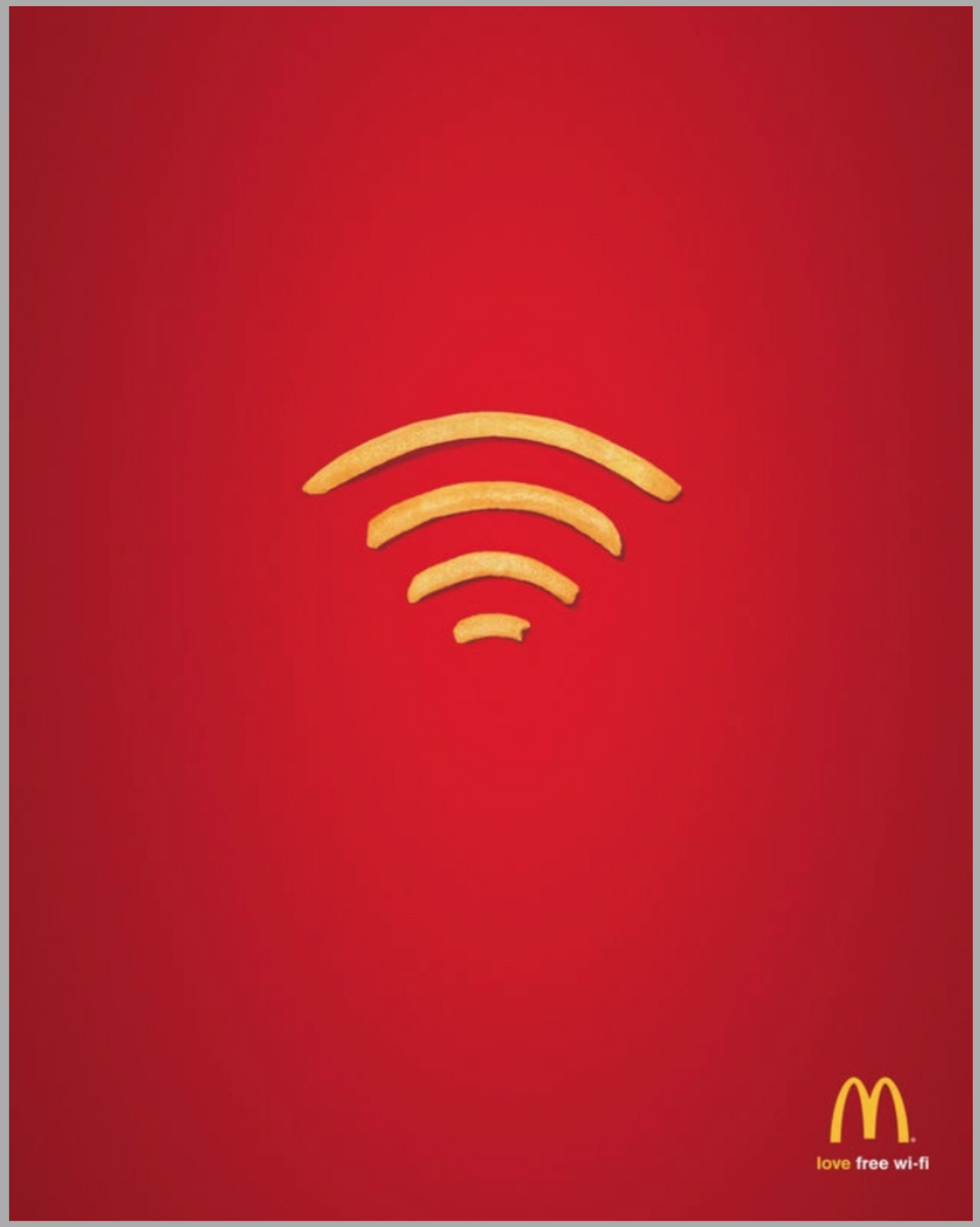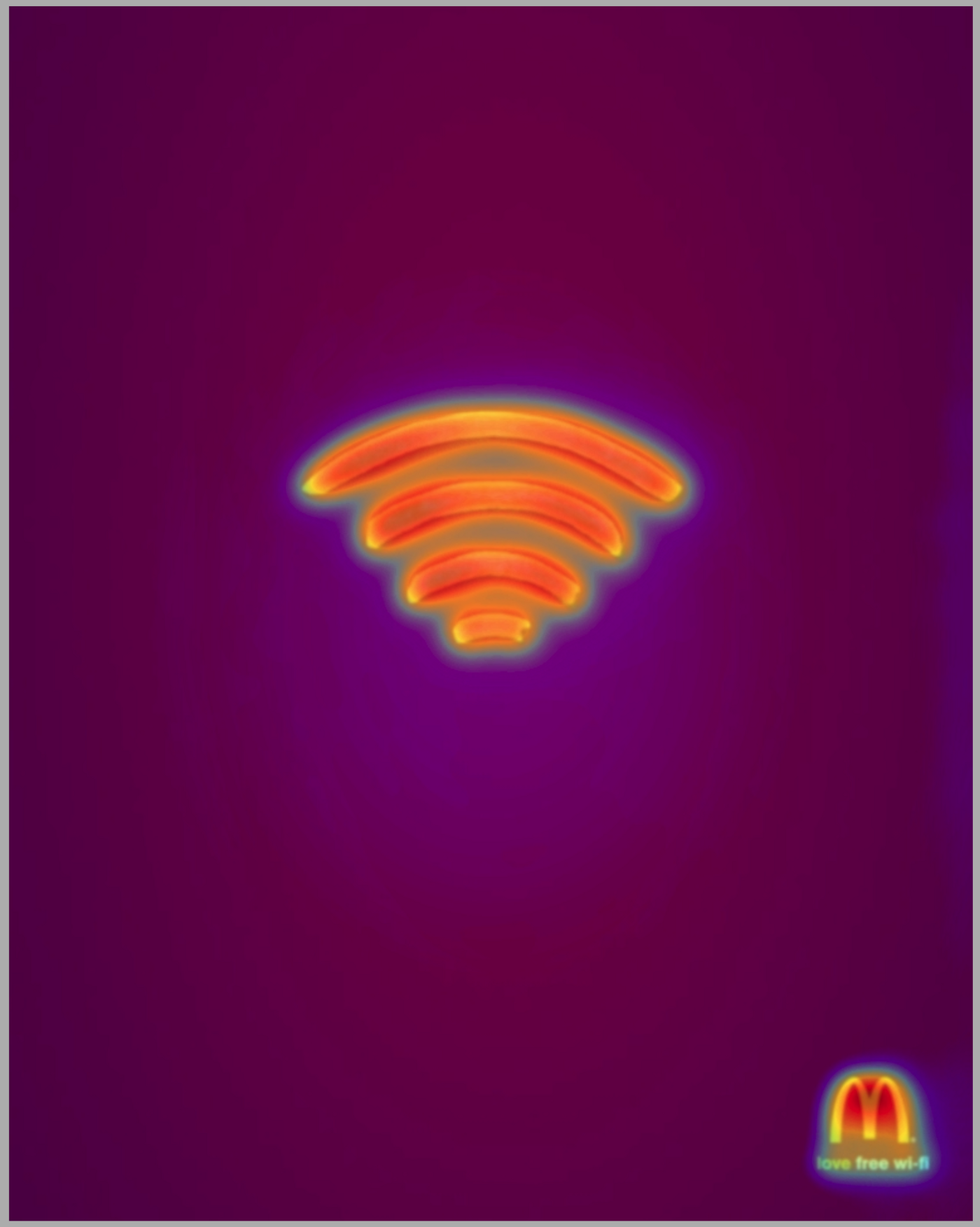In 1997, Apple was 90 days from bankruptcy.
But how Steve Jobs saved the company proved he was a master of customer psychology.
Jobs returned as the head of Apple in 1997, 12 years after getting kicked out by his own board of directors and handpicked CEO John Scully.
He’d kept himself busy, leading companies like Pixar and NeXT, but he KNEW he had to get back to Apple.
And when he finally did, the first thing on his agenda was to meet the product team to review what Apple was selling.
It was a mess — they were making too many products for too many people.
Apple was even producing more than a dozen different versions of the Macintosh computer to satisfy retailer demands.
That many products left customers totally confused… so they just didn’t buy anything.
After weeks of sitting through meeting after meeting, Jobs finally shouted,
“Stop! This is crazy!”
He walked to a whiteboard and drew up a 2x2 square.
Jobs put one product in each box and killed the rest.

Created by the author
Jobs renewed Apple’s focus by simplifying its approach.
He knew that a great customer experience meant saying “no” much more than it meant saying “yes.”
So while in September 1997, Apple had lost over a billion dollars, only one year later they were turning a profit of $309 million.
The Psychological Power of Simplicity
The Simplicity Theory says that people prefer simple experiences and are more likely to choose marketing and products that minimize cognitive load (a fancy term for how much information we’re trying to take in, process, or remember at one time).
The Simplicity Theory says that people are more likely to do and buy things that don’t make them think too hard.
Simple experiences have proven business impact. The Simplicity Index, created by Siegel+Gale, is a yearly ranking of brands with the least complicated experiences. The consultancy’s research has drawn some compelling conclusions about the impact of distilled experiences:
- Simplicity drives love: 64% of consumers are more likely to recommend a brand because of a simple experience.
- Simplicity drives growth: Since 2009, a stock portfolio made up of the simplest publicly traded brands (as defined by Siegel+Gale) has outperformed the market by 686%.
- Simplicity drives sales: 55% of consumers are willing to pay more for uncomplicated experiences.
🚀 Learn what makes buyers tick
Join 8k+ of world's best marketers from brands like Disney, Coca-Cola, Google who are learning marketing psychology in <5 mins a week.
How Simplicity Can Make You Impossible to Ignore
Let’s use a visual example of how simplicity can make for better marketing and better understanding. In this example of a poster from McDonald’s Australia, the simplicity of the message is what makes it effective.


The most eye-catching images are the “wi-fry” signal and the McDonald’s logo — the reason they’re so successful is because they’re surrounded by negative space.
It’s the simplicity of this creative that makes it work so well — our eyes naturally land on the images because we’re not distracted by extra information.
To see what complexity does to attention and understanding, let’s add a few extra messages added (by me) to this poster:

You can see how there are lots more salient messages, but now the logo and the wi-fry signal aren’t as easily noticed. Most people don’t take the time to read copy anyway, so the entire poster becomes a bit of a waste.
While the simple creative attracted our gaze like a magnet, complexity pulled our attention in too many directions.
The Bottom Line: How Simplicity Saved Apple
When Steve Jobs culled Apple’s product line, it didn’t just make it easier for the product team to focus. It also supercharged their marketing budget (by having fewer messages to try and land), distilled their thinking (by giving them fewer problems to solve), and reduced costs and overhead (with fewer products and variations to produce).
With fewer things to try and sell, more potent messages were landing with customers — they could better understand the brand promise, what products were available, and make an easier decision between Apple and its competitors.
If you want to simplify your marketing or customer experience, start by asking yourself:
- Where are customers getting frustrated in our experience? This might be indicated by increased dwell time, drop-off, or research that indicates frustration or anger. Look for opportunities to simplify information, messages, and interactions at this moment.
- If we look at our competitors’ experiences and compare them to ours, who has the simplest experience? Is this reflected in our sales or market share?
- Are there ways to move a process from the “main stage” to “back stage?” In other words, could employees, digital platforms, or even machine learning simplify the experience for customers by taking things off their plate?
